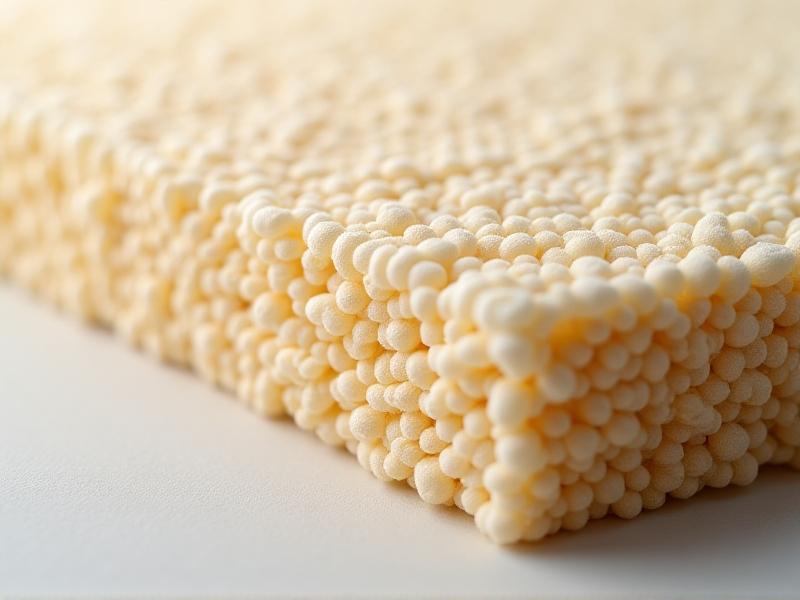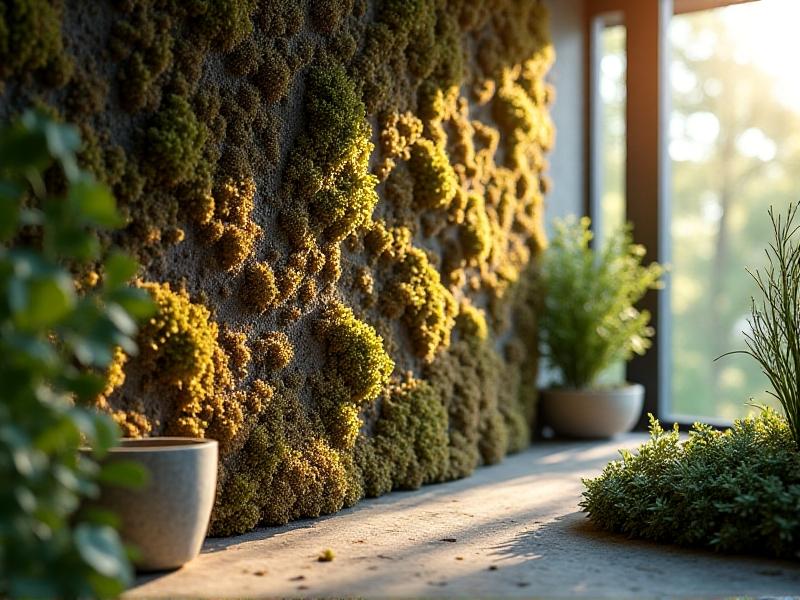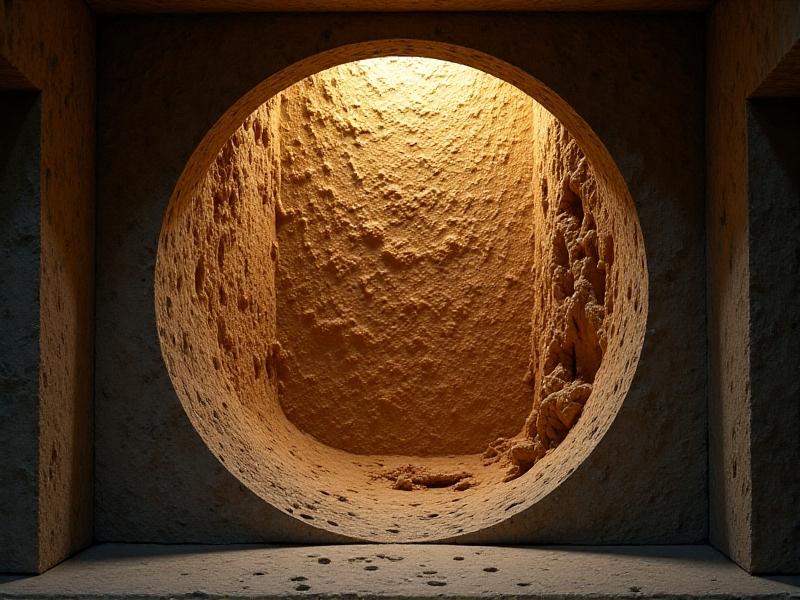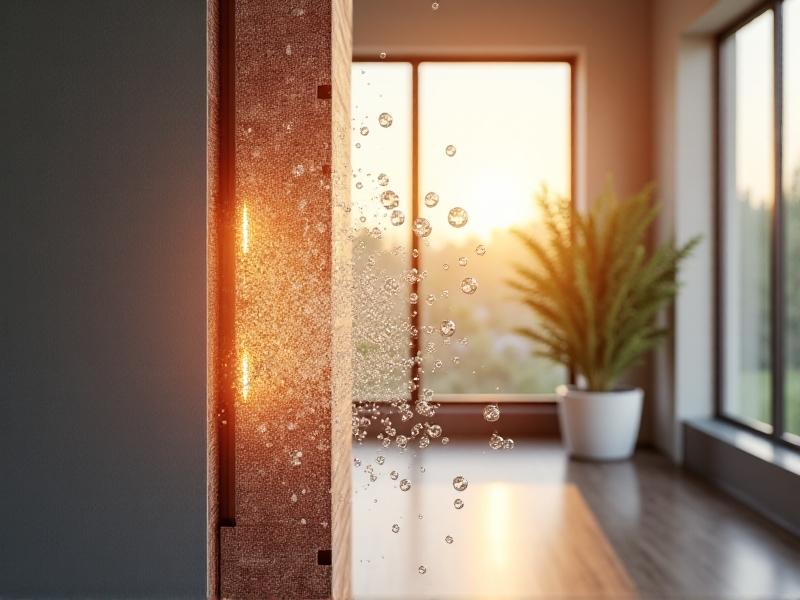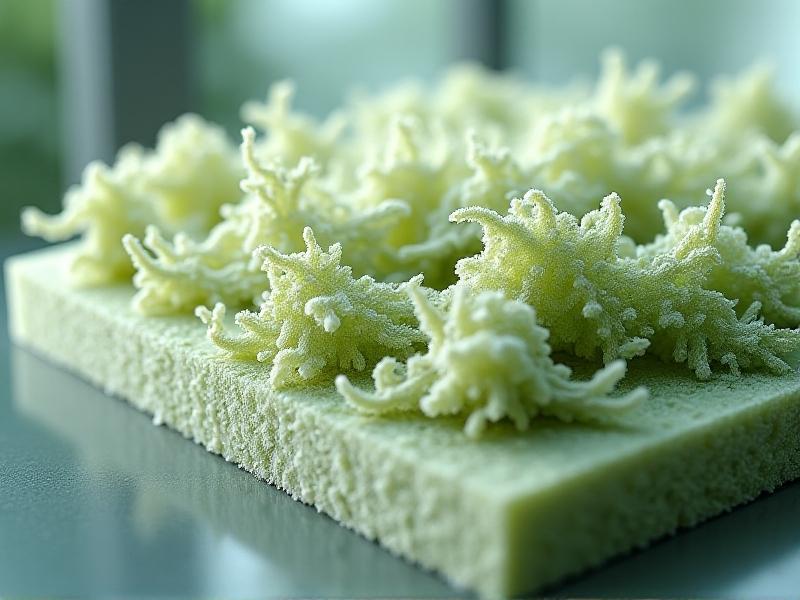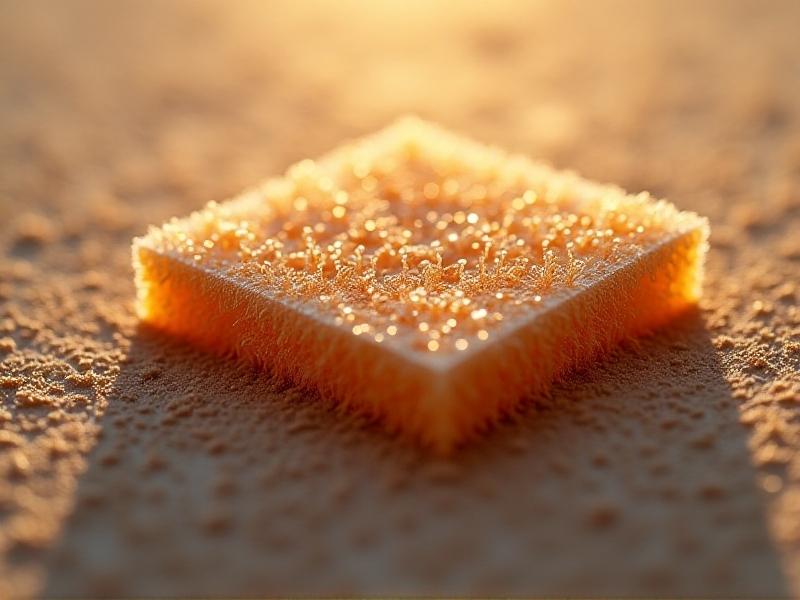Lifecycle Assessment of Commercial vs DIY Fungal Insulation
Introduction to Fungal Insulation
Fungal insulation, a relatively new player in the sustainable building materials market, is gaining traction for its eco-friendly properties and unique production process. This innovative material is derived from mycelium, the root structure of fungi, which can be grown into various shapes and forms. As the construction industry seeks greener alternatives to traditional insulation materials like fiberglass and foam, fungal insulation offers a promising solution. This article delves into the lifecycle assessment of commercial versus DIY fungal insulation, exploring the environmental impacts, production processes, and practical applications of each.

The Science Behind Fungal Insulation
Understanding the science of fungal insulation is crucial to appreciating its benefits. Mycelium, the vegetative part of fungi, is composed of a network of hyphae that can bind organic substrates together. When grown in controlled environments, mycelium can be molded into rigid, lightweight, and highly insulating materials. The process involves inoculating agricultural waste, such as straw or sawdust, with mycelium spores. Over a period of days to weeks, the mycelium colonizes the substrate, creating a dense, fibrous network. Once fully grown, the material is heat-treated to stop further growth, resulting in a durable and fire-resistant insulation product. This biological process is not only sustainable but also carbon-neutral, as the mycelium absorbs CO2 during its growth phase.
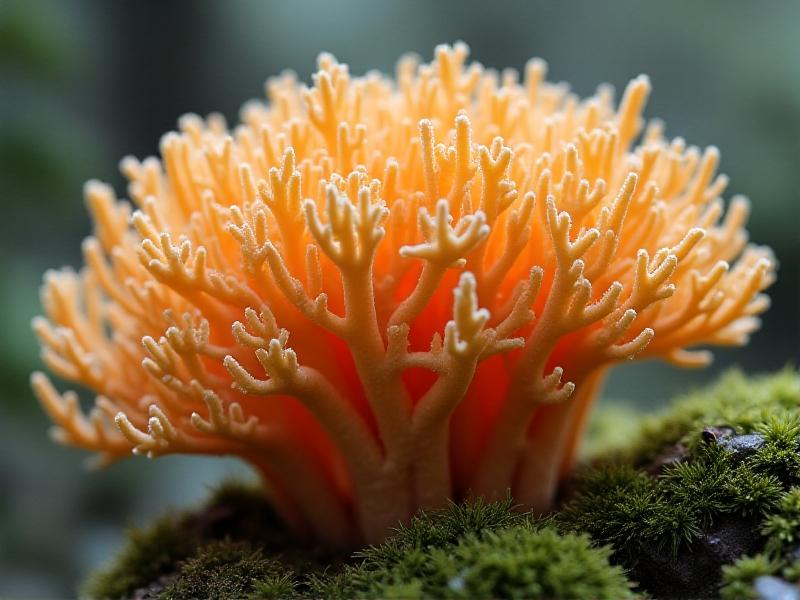
Commercial Production of Fungal Insulation
Commercial production of fungal insulation involves large-scale cultivation and processing facilities. Companies like Ecovative Design have pioneered this industry, developing proprietary methods to optimize mycelium growth and material properties. The commercial process typically begins with the selection of high-quality mycelium strains and organic substrates. These are then mixed and placed in molds to create specific shapes and sizes. The growing phase is carefully monitored for temperature, humidity, and CO2 levels to ensure optimal conditions. After harvesting, the material undergoes post-processing treatments, such as drying and compression, to enhance its performance. The end product is a consistent, high-quality insulation material that meets industry standards. However, the commercial production process requires significant energy and resources, which can impact its overall environmental footprint.
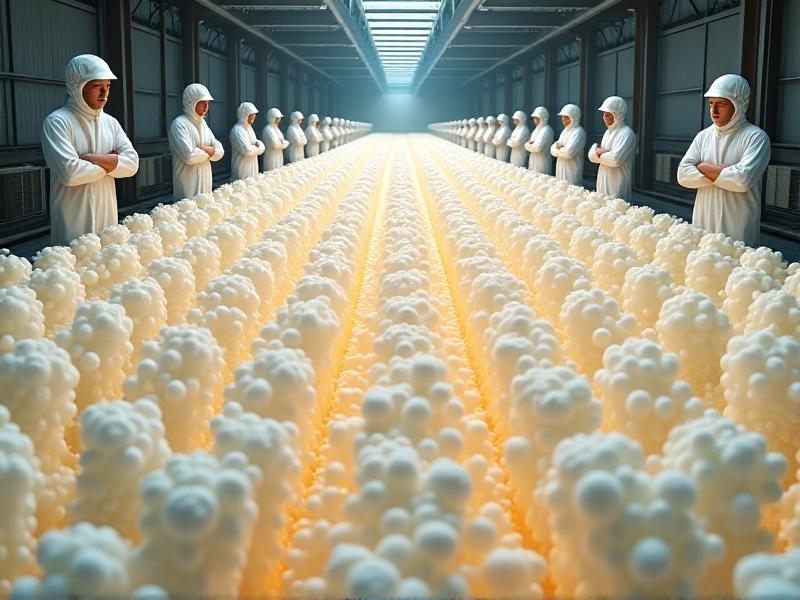
DIY Fungal Insulation: A Homemade Approach
For those interested in a more hands-on approach, DIY fungal insulation offers an accessible and cost-effective alternative. The DIY process involves sourcing mycelium spores and organic substrates, such as straw or sawdust, from local suppliers. These materials are then mixed and placed in homemade molds, which can be as simple as cardboard boxes or plastic containers. The growing phase requires a warm, humid environment, which can be achieved using basic household items like heating mats and humidifiers. After a few weeks, the mycelium will have fully colonized the substrate, and the material can be harvested and dried. While DIY fungal insulation may not match the consistency and performance of commercial products, it allows for greater customization and reduces the environmental impact associated with large-scale production. Additionally, the DIY approach fosters a deeper connection to the material and its sustainable benefits.
Environmental Impact: Commercial vs DIY
When comparing the environmental impact of commercial and DIY fungal insulation, several factors come into play. Commercial production, while efficient and scalable, often involves energy-intensive processes, such as controlled environment agriculture and post-processing treatments. These activities can contribute to greenhouse gas emissions and resource depletion. On the other hand, DIY fungal insulation relies on locally sourced materials and low-energy growing conditions, significantly reducing its carbon footprint. However, the DIY approach may lack the consistency and quality control of commercial products, potentially leading to less effective insulation and higher long-term energy use. A comprehensive lifecycle assessment must consider these trade-offs, weighing the benefits of reduced production emissions against the potential for increased operational energy use.
Economic Considerations: Cost and Accessibility
Economic factors play a significant role in the adoption of fungal insulation. Commercial products, while offering high performance and reliability, can be expensive due to the costs associated with large-scale production and distribution. This may limit their accessibility to budget-conscious consumers and small-scale builders. In contrast, DIY fungal insulation is significantly more affordable, as it utilizes readily available materials and simple growing techniques. However, the DIY approach requires a time investment and a certain level of expertise, which may deter some individuals. Additionally, the lack of standardized quality control in DIY methods can result in variable performance, potentially leading to higher long-term costs if the insulation fails to meet expectations. Balancing cost and accessibility is crucial for the widespread adoption of fungal insulation in both commercial and residential settings.
Practical Applications and Performance
The practical applications of fungal insulation are vast, ranging from residential homes to commercial buildings and even temporary structures. Commercial fungal insulation products are designed to meet specific performance criteria, such as thermal resistance, fire resistance, and moisture control. These products are often used in high-performance buildings where energy efficiency is a priority. DIY fungal insulation, while more variable in quality, can be used in smaller projects, such as garden sheds, tiny homes, or interior wall insulation. The performance of fungal insulation is influenced by factors such as density, thickness, and the type of substrate used. Both commercial and DIY products offer excellent thermal insulation properties, but commercial products may have an edge in terms of durability and consistency. Understanding the practical applications and performance characteristics of each type of insulation is essential for making informed decisions in construction and renovation projects.
Future Prospects and Innovations
The future of fungal insulation is bright, with ongoing research and development paving the way for new innovations and applications. Advances in mycelium cultivation techniques, such as genetic engineering and optimized growing conditions, are expected to enhance the material's performance and reduce production costs. Additionally, the integration of fungal insulation with other sustainable building materials, such as hempcrete and recycled plastics, could lead to hybrid products with superior properties. The growing interest in circular economy principles is also driving the development of fungal insulation as a fully biodegradable and compostable material. As awareness of the environmental benefits of fungal insulation continues to grow, it is likely to become a mainstream option in the construction industry. The potential for scaling up DIY methods and making them more accessible to a wider audience is another exciting prospect, ensuring that the benefits of fungal insulation can be enjoyed by all.

